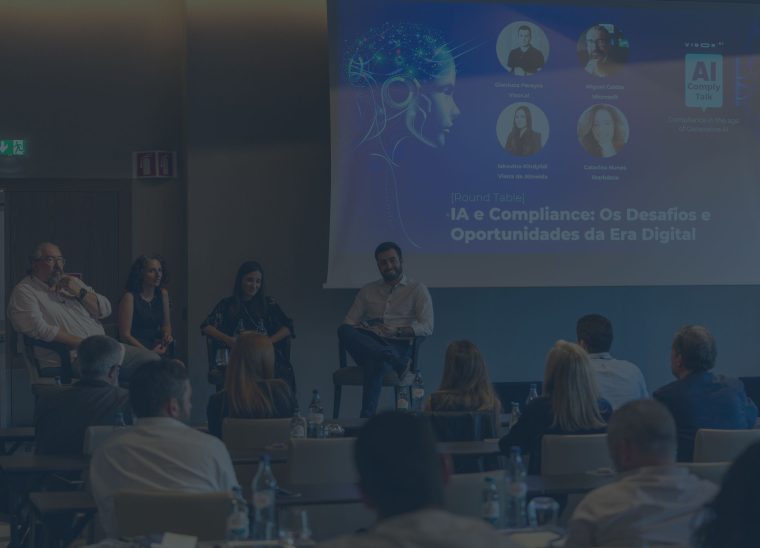The ability to effectively interact with and serve customers has long been a cornerstone of any successful business. Large Language Models (LLMs) emerged as a disruptive force, changing the core of customer service. These cutting-edge AI-powered entities are not only changing the way businesses interact with their customers; they are resulting in a new era of unmatched efficiency, customization, and accessibility. In this article, we will explore the major effect of Large Language Models on the customer service sector, highlighting how they are rewriting the norms of engagement while setting new criteria for excellence.
Understanding Large Language Models
Large Language Models are a type of artificial intelligence that is capable of processing and producing text similar to that of humans. They are taught vast amounts of textual data to understand, interpret, and generate text in ways that are similar to human language. These models' ability to learn and adapt allows them to constantly improve their performance, making them extremely effective in a wide range of applications.
Improving Customer Interactions
One of the major ways LLMs are altering the customer service business is through improved customer interactions. These models are able to comprehend and reply to customer concerns in a more natural and human-like way. Customers may now have interactions with AI that feel like they're talking to a real person, rather than receiving mechanical, pre-scripted responses.
Sentiment Analysis and Feedback Interpretation
LLMs can assess sentiment and comprehend consumer perceptions about a product, service, or overall brand by sorting through customer feedback, reviews, social media comments, and more. Businesses are able to improve their offerings and customer service by spotting patterns, addressing concerns, and analyzing customer sentiment. Additionally, they can also identify potential advocates or detractors, helping them create targeted engagement strategies. This level of personalization can foster stronger customer loyalty and potentially drive increased sales.
Multilingual Support
In today's globalized world, providing support in multiple languages is crucial for businesses looking to expand their customer base. Large Language Models can speak multiple languages at the same time, breaking down language barriers. This multilingual support attracts a varied consumer base while also ensuring that all customers receive the same level of service and care.
Cost Efficiency
Large Language Models can handle a high amount of questions at the same time, eliminating the need for a large customer support team. This cost-effective solution not only reduces operational costs but also improves efficiency. Businesses can more strategically allocate resources, focusing on areas that demand human involvement while delegating routine questions to LLMs.
Employee Training
GPT technology can also be used to train customer service agents. This type of technology can assist employees in providing better responses and responding to consumer inquiries faster. By integrating LLMs into customer service processes, businesses may provide enhanced, tailored customer experiences on a large scale while also gaining useful data on their consumer base. LLMs provide a significant improvement in quality over typical NLP approaches, whether by upgrading existing processes or incorporating AI capabilities from scratch.
Conclusion
Finally, Large Language Models are transforming the customer service industry in new ways. Their capacity to enhance communication, provide round-the-clock support, personalize client experiences, provide multilingual support, and lower operational costs is propelling the industry toward a more efficient and customer-centric future. However, in order to secure a responsible and ethical adoption of Large Language Models in the customer service sector, businesses must address the ethical and privacy problems connected with these technologies. As this technology advances, it will likely revolutionize how businesses connect with their consumers and deliver support, creating new industry standards for excellence.


